Selective androgen receptor modulators, commonly known as SARMs, represent a breakthrough in medicinal chemistry. These anabolic agents were created with the goal of surpassing traditional anabolic steroids like testosterone in therapeutic effectiveness.
The ambition behind developing SARMs was to engineer compounds that selectively bind with great affinity to the androgen receptor, offering tissue-specific activation. This would ideally replicate the muscle-growth potential of anabolic steroids with a reduced incidence of adverse effects.
Presently, SARMs are under investigation for their potential to treat conditions such as cachexia (severe muscle wasting), osteoporosis, various forms of cancer, sexual dysfunctions, Alzheimer’s disease, and multiple sclerosis.
Certain anabolic-androgenic steroids (AAS), namely testosterone, anavar, and deca durabolin, have demonstrated success in addressing these conditions while maintaining a tolerable safety profile. These steroids are FDA-sanctioned and widely prescribed across the globe.
Nevertheless, anabolic steroids are not without drawbacks, as they have been associated with negative health implications like cholesterol imbalance, benign prostatic hyperplasia, erythrocytosis (an overproduction of red blood cells), gynecomastia, testosterone suppression, virilization, and leg swelling in some patients.
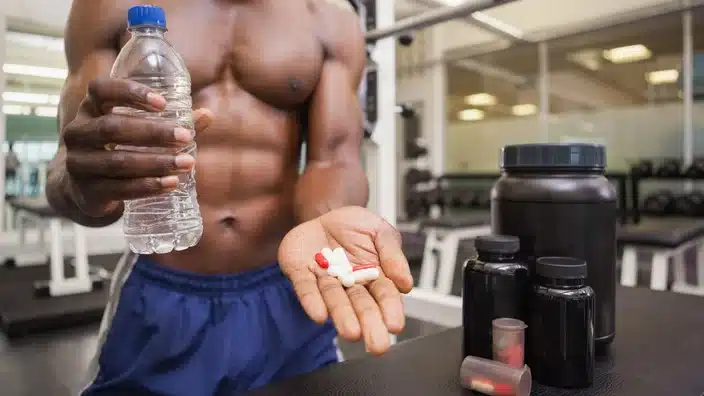
SARMs aim to circumvent the androgenic, estrogenic, and cardiovascular side effects linked to anabolic steroids by selectively targeting tissues. Yet, the precise mechanisms underpinning the selectivity of SARMs’ action are not fully known. Thus, SARMs can still manifest side effects, similar to anabolic steroids, casting doubt on their safety for widespread use until more human research is introduced.
Evaluating SARMs Safety
The genesis of SARMs can be traced to the 1940s with the development of steroidal SARMs derived from testosterone. Fast forward to the end of the 20th century, non-steroidal SARMs emerged, presenting novel alternatives for bodybuilders and athletes.
While revolutionary, the safety profile of SARMs is still largely unknown since they have not received FDA approval for human application. In 2017, the FDA issued a warning against SARMs, citing them as “potentially dangerous” and raising concerns over their widespread use.
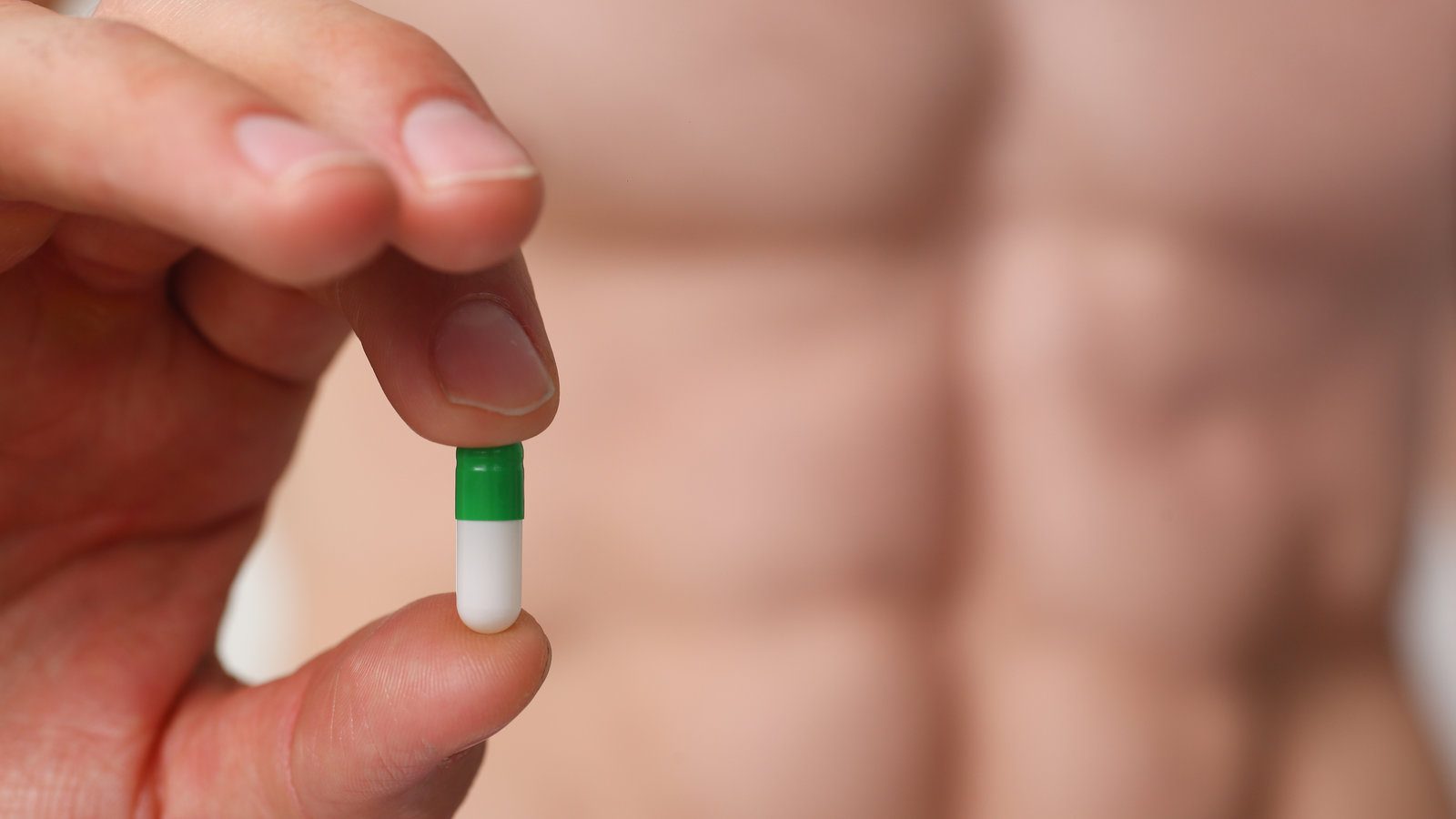
Evidence points to SARMs causing liver damage and cardiovascular issues in the short term. Furthermore, the long-term effects of SARMs are yet to be established.
Studies have revealed that a mere 52% of online-sold SARM products contain the specified SARM, with a troubling 39% containing unapproved drugs, amplifying safety concerns.
Dr. Grant Fourie has suggested that SARMs may be riskier than steroids based on a decade’s worth of anecdotal evidence and lab analyses from 2,000 patients who have taken SARMs.
The Legal Status of SARMs
Currently, it is legal to buy and sell SARMs as ‘research chemicals’. Their availability in liquid form is primarily for research application, typically involving rodents.
Nevertheless, with increasing recognition of their anabolic potential, companies have begun marketing SARMs in capsule form, appealing to human usage.

Legal issues can arise when SARMs are promoted as ‘dietary supplements’ due to a lack of FDA endorsement. Moreover, supplement companies must refrain from making health benefit claims that are not medically verified.
Potential Advantages of SARMs
Enhancing Muscle Size and Strength
It’s clear that SARMs can induce muscle hypertrophy and boost strength.
However, early human trials indicate that SARMs may induce less muscle growth compared to anabolic steroids.
In a particular study, participants using SARMs experienced a gain of 1–1.5 kg of lean mass over 4-6 weeks, whereas those taking testosterone enanthate gained 5-7 kg of lean mass at weekly doses of 300 and 600 mg.
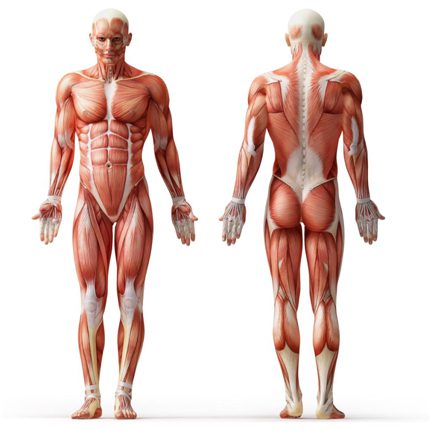
Promoting Fat Loss
Activating the androgen receptor leads to enhanced fat breakdown, allowing for significant subcutaneous fat loss. Consequently, SARMs not only build lean muscle but also improve muscle definition and tone.
Public perception lends SARMs less stigma than anabolic steroids, which despite being commonly prescribed in the past, faced increased scrutiny over their side effects.
Now, SARMs are even surpassing steroids in popularity, evident by the Google search trends revealing more searches for ‘sarms’ than ‘steroids’.
Eliminating the Need for Injections
SARMs are generally available as oral liquids, ruling out the risks associated with injectable substances like needle contamination or injection errors that could sometimes lead to paralysis.
Appropriate for Female Use

SARMs are generally less likely to cause masculinization in women, as they have a low androgenic impact, making them a preferable choice for females at low to moderate doses compared to traditional anabolic steroids.
Yet, it’s important to note that SARMs are still under investigation. Therefore, women might consider established female-friendly steroids that are well-studied and known to be less masculinizing, such as anavar, primobolan, or deca durabolin.
Potential Osteoporosis Therapy
Anabolic steroids are known for their ability to boost bone mineral density (BMD), reducing fracture risk. SARMs also enhance BMD and bone strength and may offer superior management for osteoporosis patients.
Possible Adverse Effects of SARMs
Risk of Gynecomastia and Hair Loss
SARMs can prevent the activity of aromatase and 5-alpha reductase enzymes, theoretically safeguarding users from estrogen or DHT conversion-related issues like gynecomastia or hair loss, while promoting lean muscle growth.
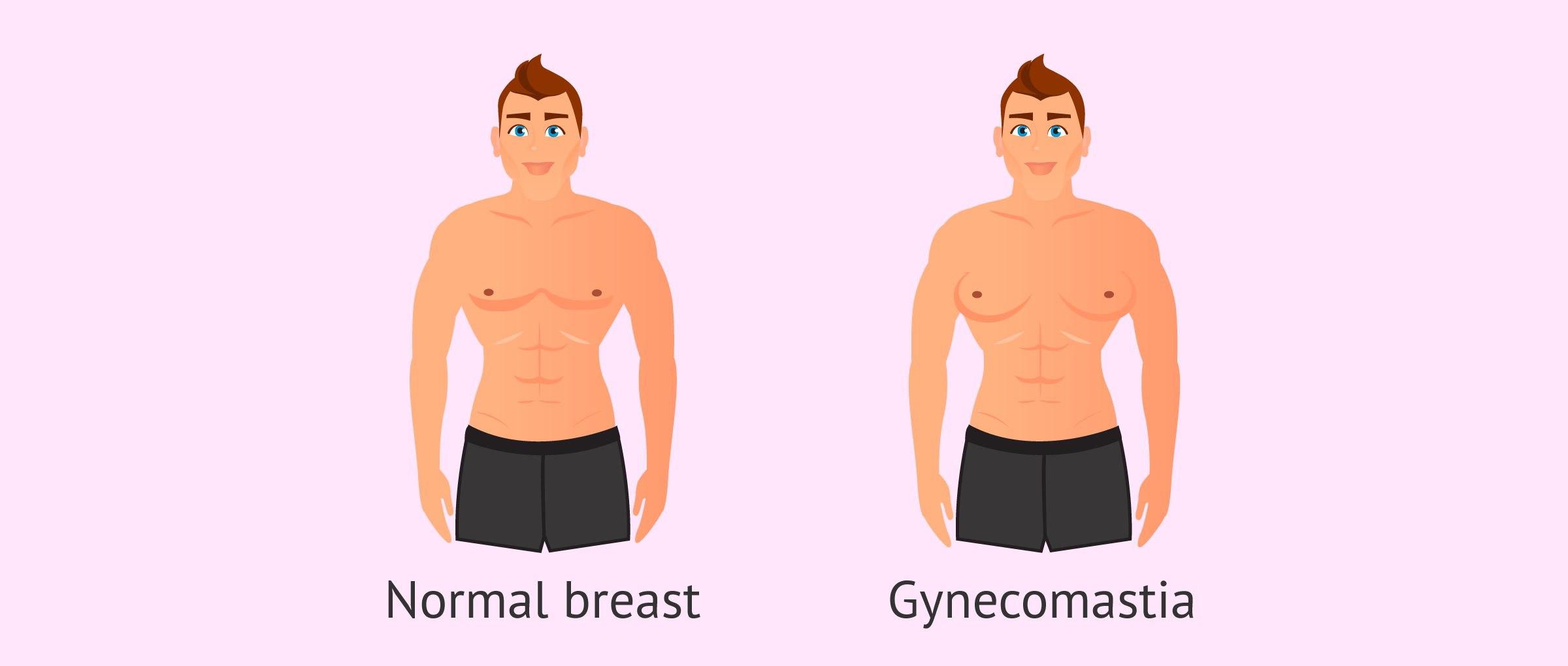
Still, instances of gynecomastia and male pattern hair loss do occur among SARMs users. This is because SARMs can outcompete natural testosterone for androgen receptor binding, increasing free testosterone that can convert to estrogen and DHT, leading to these side effects.
Arimistane is a mild choice to deter gynecomastia and estrogenic effects during SARM cycles. Other aromatase inhibitors, like aromasin, letrozole, and anastrozole, are typically considered too strong for SARMs, potentially leading to undesirable estrogen deficiencies.
Diminished Testosterone Levels
Evidence indicates SARMs can reduce FSH and LH levels by binding to the AR receptor too effectively, causing a drop in natural testosterone production.
The extent of this suppression varies by SARM type, prompting some users to undergo PCT (post-cycle therapy).
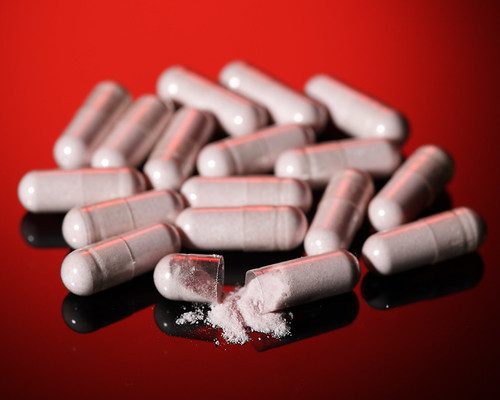
The popular SARMs are ranked by their level of suppressiveness, from highest to lowest:
Potency tends to correlate with the level of suppression experienced. Blood tests are advisable for assessing the impact of SARMs on the HPT (hypothalamic-pituitary-testicular) axis to determine the need for PCT.
High doses of SARMs or combining them can further suppress testosterone. Since SARMs are quick to clear the system post-usage, a PCT can begin just a few days after the cycle ends, unlike the longer wait times associated with steroids.
PCT typically involves Nolvadex or Clomid, with Nolvadex being the stronger option.
Elevated Blood Pressure
Early trials have shown SARMs can reduce HDL cholesterol, raising hypertension risk.
The cardiovascular strain might stem from the oral delivery method, as oral steroids similarly impact blood lipids negatively. Low estrogen due to lack of aromatization could also affect cholesterol healthily.
To mitigate HDL reduction and cardiovascular risk, users may incorporate cardio and fish oil supplements during their cycles.
Potential Liver Strain
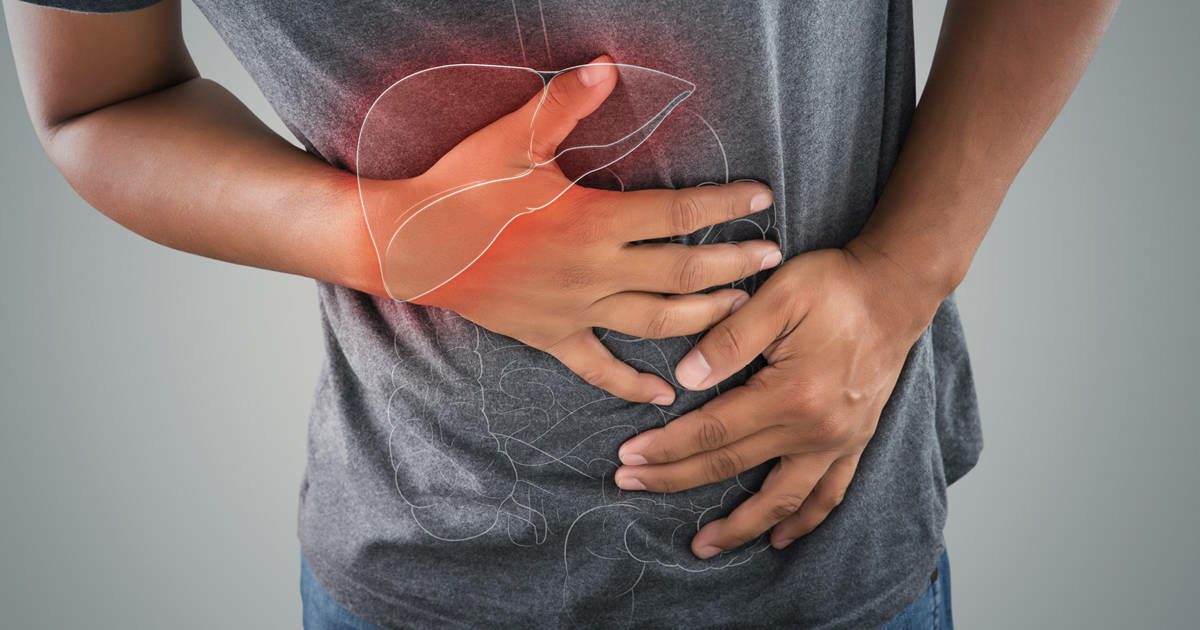
Liver enzyme testing has revealed mild to severe liver strain during SARMs usage, as indicated by increased ALT and AST levels. TUDCA supplements have shown efficacy in reducing these enzymes and liver inflammation.
Combining SARMs with hepatotoxic oral steroids is not recommended due to increased liver strain risks.
Dr. Grant Fourier’s analysis of patient labs leads him to consider SARMs as unsafe. He witnessed worsened liver enzymes and cholesterol in a patient using Cardarine, equating the harm to a large dose of anavar (50 mg/day), with no perceivable benefits to body composition.Recent studies have revealed that a pair of individuals suffered from hepatocellular-cholestatic liver damage following SARMs consumption. A 24-year-old man who was previously in good health had ingested LGD-4033 (Ligandrol) for a period of nine weeks. Additionally, a 49-year-old man consumed RAD140 (Testolone) for four weeks, with intermittent use thereafter.
Potential Carcinogenesis
In extended studies involving animals, a widely recognized SARM called cardarine (GW 50156) was found to induce cancerous growths. These results were observed in a study where rats were subjected to high doses of cardarine (3 mg/kg) for two years, which is roughly equivalent to two-thirds of their natural lifespan.
On the other hand, human trials of shorter duration with lower cardarine dosages did not exhibit any tumorigenesis. It is rather noteworthy that cardarine demonstrated anti-inflammatory properties amidst pancreatic cancer cells in these studies.
Consequently, the long-term implications of SARMs usage on cancer in humans remain ambiguous. Nonetheless, there is a potential risk of cancer development, particularly when SARMs are misused.
SARMs Administration Methods
SARMs can be administered through oral, sublingual, or intramuscular means.
Oral Administration
Usually available in liquid form, SARMs are to be measured with an eye dropper or syringe, placed in the mouth, and swallowed. They are known for their strong flavor, which sometimes leads individuals to pinch their noses while consuming to mask the taste. Using mints may also be helpful to freshen breath afterwards.
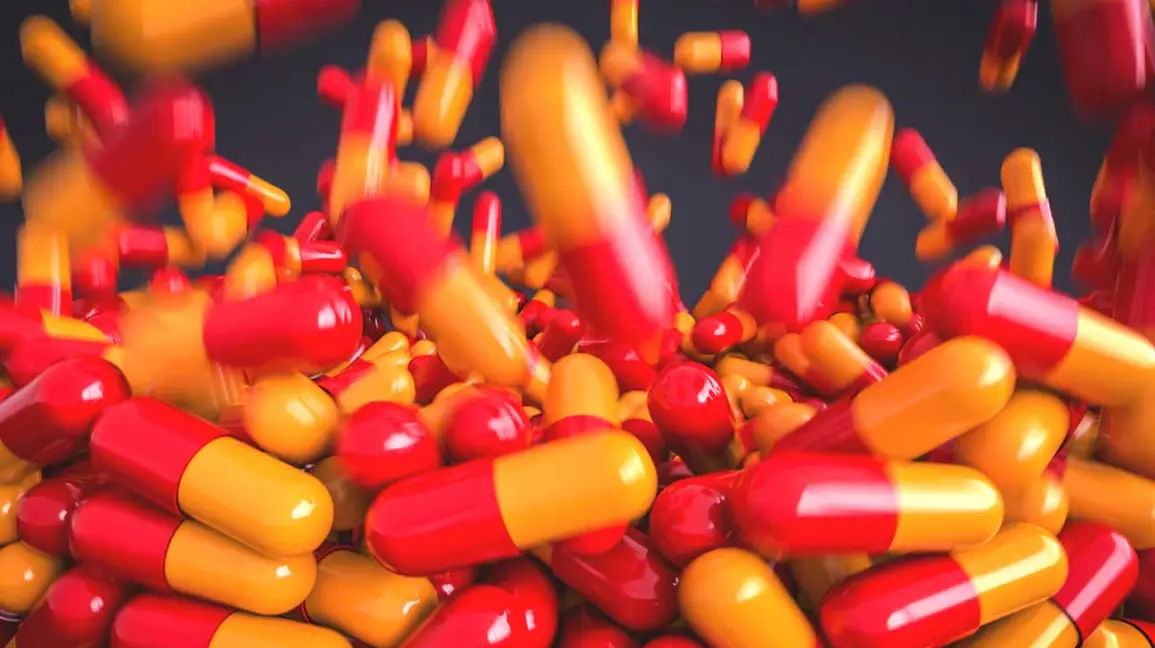
Some users mix the liquid with food items like bread in an attempt to reduce the unfavorable taste, but this approach can interfere with the substance’s bioavailability, potentially diminishing its effectiveness.
Among SARMs, MK-677 is notorious for having a particularly potent taste that may persist for several hours. Placing the liquid near the back of the throat while avoiding contact with the tongue may alleviate this issue.
Sublingual Use
Derived from the Latin term ‘sub lingua,’ meaning ‘under the tongue,’ the sublingual method allows for quick and more direct absorption into the bloodstream. This is achieved by the liquid making contact with the mucous membrane beneath the tongue, where it can enter the venous circulation through the abundant capillaries there.
This mode of administration is thought to increase biological availability due to bypassing the first-pass metabolism in the liver, thereby potentially enhancing outcomes.
For sublingual use, the dosage is placed under the tongue for about 10–15 seconds before swallowing. While this technique may not fully prevent exposure to the bitter taste, frequent use can make it more tolerable.
Intramuscular Method
Intramuscular injections of SARMs are relatively less common but offer certain benefits. This form of administration facilitates higher bioavailability as the liver does not metabolize the compounds, which may result in more substantial effects at equivalent doses compared to oral intake.
Injectable SARMs also tend to have less impact on HDL cholesterol levels, thereby offering better cholesterol profile protection and reducing cardiovascular risks.
FAQs

Are SARMs Prohibited in Sports?
Certainly, SARMs have been listed as banned substances by the World Anti-Doping Agency (WADA) since 2008. WADA conducts drug testing for athletes globally, covering numerous sports and events like the Olympic Games.
Some natural bodybuilding organizations, such as the WNBF, also perform screening for SARMs.
Can SARMs Lead to a Positive Drug Test?
Standard drug screenings, such as those conducted by law enforcement or military organizations, do not typically check for SARMs. However, specialized testing for SARMs can be carried out when there is strong suspicion of usage, although these instances are rare.
Conclusion
The recent introduction of non-steroidal SARMs holds considerable potential for medical applications, as well as for the bodybuilding community.
Should they prove to be successful, they could provide a means to treat conditions like cachexia and osteoporosis without harmful side effects. They could also lead to healthier practices among bodybuilders by offering an alternative to anabolic steroids and promoting harm reduction.
However, current research, when taken together with anecdotal accounts, suggests that SARMs may not be as safe as previously thought and could deliver only a fraction of anabolic steroids’ positive muscle growth effects. In light of these findings, we currently view the risk-to-reward balance for SARMs as less favorable than that of steroids.
REFERENCES
(2) https://pubmed.ncbi.nlm.nih.gov/29183075/
(3) https://www.ncbi.nlm.nih.gov/labs/pmc/articles/PMC2907129/
(4) https://aasldpubs.onlinelibrary.wiley.com/doi/full/10.1002/hep4.1456
(5) https://journals.sagepub.com/doi/pdf/10.1177/2045894018812053
(6) https://www.ncbi.nlm.nih.gov/labs/pmc/articles/PMC5614479/
(7) https://www.ncbi.nlm.nih.gov/pmc/articles/PMC6848967/
(9) https://academic.oup.com/jes/article/6/8/bvac099/6619269
(10) https://www.wada-ama.org/sites/default/files/resources/files/WADA_Prohibited_List_2008_EN.pdf
(11) https://www.worldnaturalbb.com/wp-content/uploads/2022/01/2022-INBF-WNBF-Banned-Substance-List.pdf
Dr. Grant Fourie, a specialist in male hormones, is based in Cape Town, South Africa. He provides comprehensive treatments for conditions related to low testosterone, such as erectile dysfunction, fatigue, and mood changes. His methods include hormone replacement therapy and other modern treatment options.
Contact me via email or phone to book personal appointment in my clinic: The Village Square, Cape Town - South Africa















